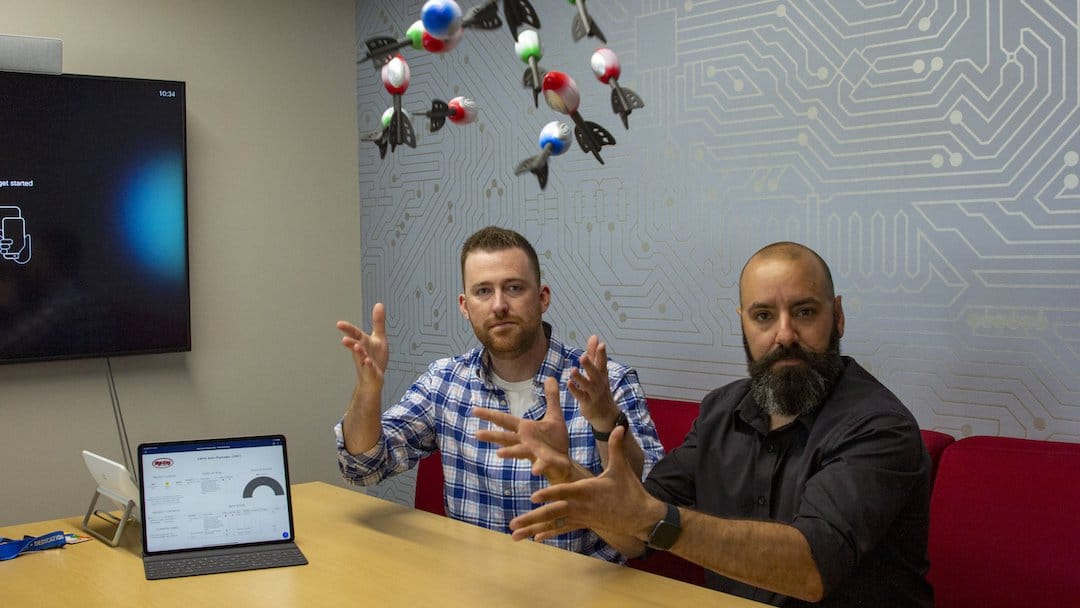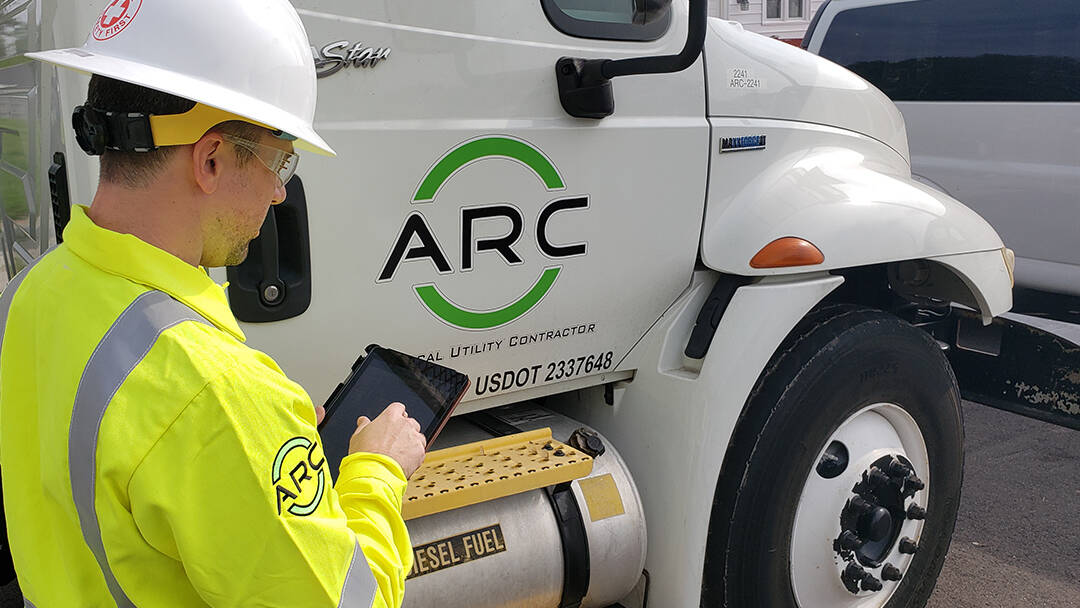Editor’s Note: Here at Smartsheet, our customers inspire us every day. Today’s guest post is co-authored by Andrew Bourne, senior manager of operational excellence, and Pete Danos, senior innovation program leader, who both work for Digi-Key Electronics.

Our company, Digi-Key Electronics, is one of the largest electronics component distributors in the world. We ship more than six million parts from 880 suppliers to hundreds of thousands of customers every year. We pride ourselves on same-day shipping, but delivering on that promise is a challenge, due to our unique geography and shipping constraints. To succeed, we must work closely with other teams and vendors, always in search of innovative solutions.
One of our biggest projects so far was standing up Digi-Key’s innovation department, which tries to find solutions to production and shipping challenges that our teams are facing throughout the company. We’re tasked with finding practical automation solutions that complement our existing workforce and operations, whether it’s an automated piece of machinery or a software-as-a-service (SaaS) platform that automates repetitive tasks and workflows, such as Smartsheet.
It’s crucial that Digi-Key’s leadership and teams live and breathe the type of innovation that can scale across our entire organization.
In search of cutting-edge tech
It’s essential to our success that we focus on complementary automation, or automation that supports workers instead of replacing their job functions. Every year, we make countless trips to technology conferences, workshops, and companies to discover cutting-edge tech, usually utilizing automation, that can help our company solve for existing use cases unique to our shipping constraints.
In our process for order fulfillment, a normal day involves pickers initiating and completing anywhere from 90 to 100,000 picks and our packagers producing 21,000 orders, which equates to roughly 22,000-23,000 boxes that leave our building on a daily basis.
Related
Guest Post: How I used Smartsheet to propel my organization and my career forward
Our workers load finished packages into several over-the-road (OTR) trucks and airplanes to uphold our commitment to same-day shipment. One of those planes is a retrofitted CRJ-200, designed for cargo use, which allows for greater cargo density, while considering that regional airports have shorter runways than larger hubs.
As we have limited access to external talent due to our remote geography, we often need to find agile solutions to help us with our workload so that we can ultimately ship electronic components to professionals around the world.
For example, we procured a $2 million automatic packaging machine from a manufacturer in Italy for one of our facilities. The machine handles the entire production cycle: it creates custom boxes to fit various part sizes, inserts print documents and advertisements, fills the box, places shipping labels, and prints logos on demand. It produces approximately 800 packages per hour, which would take around 150 people to manually complete.
This automated solution allows us to maximize space on the cargo plane, retain our existing talent while speeding up packaging production, and produce less material waste, which helps us stay environmentally-friendly. By standing up this solution, my team helped improve revenue outcomes and solving one of our biggest shipping pain points.
Our need for software automation
To manage all of this, we had to make sure we could easily manage our projects and programs while reducing manual data entry, providing executives and stakeholders with visibility, and conveying key details and data in an easy-to-understand, visual way.
We needed a centralized platform to manage technology rollouts, and the solution needed to feature automation to streamline our workflows and keep us on the ball at all times. Our IT department already had Smartsheet licenses, so we researched the platform, spoke with our customer success manager, and worked with Smartsheet consultants to build a solution that met our business needs.
We ended up going with Smartsheet Control Center to track all of our in-flight projects so that we can work with suppliers and provide visibility to our executives through elegant, yet simple, dashboards.
This gives us steadier footing to manage programs and projects, all without having to over-customize the solution on our own. It’s very logical and simple, and a great place to start for any organization looking to build out new departments with their best foot forward.
Evolving team culture with Smartsheet
As we go in and fill out dates, we have our dashboard set up to show if something is marked as at risk, or if a deliverable has slipped past its due date. So, from an accountability standpoint, within our department, and we have heard this echoed throughout some of the other departments, using automation through Smartsheet is keeping us honest. This is especially true for smaller tasks that often fall through the cracks when you're caught up in the whirlwind of a day.
When we have Smartsheet open on a mobile device or even on a terminal, we can walk up to see when a task or project is in the red. At this point, you instantly think, "Well, why is it red?" You click into it, and it's telling you, "Hey, you were supposed to get pricing back on this project and you haven't satisfied that request yet."
Related
Guest post: 5 questions to ask before taking on a project
Here’s how quickly we can automate new project launches: We can spin them up within five minutes. And it’s super simple to set up automated reminders and approvals through the platform so that we don’t forget to track important action items, project artifacts, and tasks. This adds value to our department, helping us achieve our goal of operational excellence, and then pass that value to our stakeholders and other departments.
The ability of Smartsheet to basically bring those issues to the forefront has been wildly beneficial for us. Our department partners with many different sub-departments, and people within departments to get work done, where other entities in our business have the ability to form project teams around projects.

Using Smartsheet, those teams are assigning tasks to individuals, holding people accountable, using the assigned to fields and the days that they've committed to and running reports off of that, and having team meetings around projects to see who's falling off, who needs help, and more.
In fact, Digi-Key is currently building a new distribution center with 2.2 million square feet of operating space, which will be fully automated, and some of the project management and internal collaboration around this massive project is being done using Smartsheet.
And as we continue to procure and test new automation solutions, we want Smartsheet to be with us every step of the way to track not just projects, but the overall progress of our innovation program.
Read the Digi-Key case study to learn how it uses Smartsheet to improve operational excellence and organize in-flight innovation projects.

